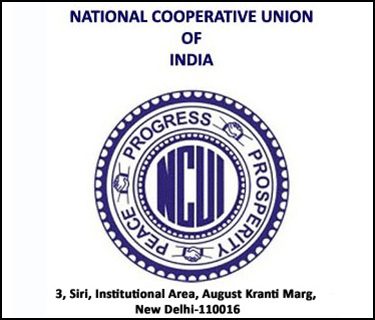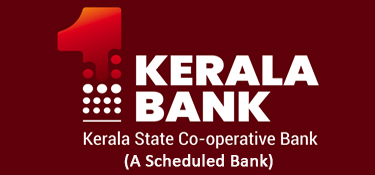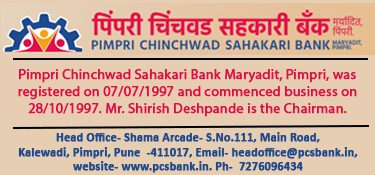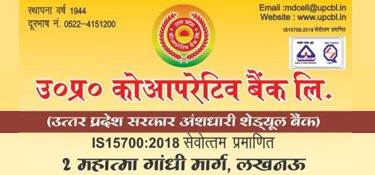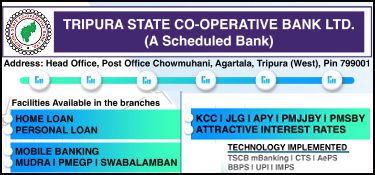The cooperative sector will continue to play a major role in the development of
agriculture and allied sectors in the state. The cooperative institutions have been
traditionally supplying inputs like seeds and fertilizers and have played a major role in
making credit available to the farmers in the state through the network of Primary
Agricultural Credit societies (PACS) and Central Cooperative Banks (CCBs). However,
due to weakening of the cooperative institutions due to their poor financial condition
and lack of professional management, the flow of credit as well as supply of inputs to
the agricultural sector got considerably reduced in the recent years. This, however,
should not lead us to conclude that the role of cooperative sector has lost its
relevance in the present context.
Agricultural Credit :
The cooperative sector still plays a major role in supply of short term credit to
the agricultural sector. In order to achieve the 11th Plan target, all out efforts were made to strengthen the Short Term Cooperative Credit Structure (STCCS) which includes PACS, CCBs and State
Cooperative Bank. Action has already been initiated
in this direction by way of implementation of the Revival Package for STCCS.
However, the commercial banks and RRBs will continue to play a major role specially
for meeting the need of long term credit to the agricultural sector.
Agriculture Inputs :
The cooperative societies have been traditionally supplying inputs to their
members. However, the poor financial condition of Bihar State Cooperative Marketing
Union (BISCOMAUN) has adversely affected the input supply business of PACS and
Vyapar Mandal Sahyog Samitis (VMSS). At the beginning of the plan period, only about
300 out of 6000 PACS were doing fertilizer business. However, with proper
coordination at the district level and the state level, this number has increased to
about 1800 by now and these societies have already conducted business worth about
Rs. 100 crores during the current financial year. It has been felt that the distribution
of fertilizers through the cooperative societies results in better distribution and
availability. It is possible to increase the number of such societies to about 2500 by
the end of next financial year. With revival of BISCOMAUN and allocation of larger
quantity of fertilizer for cooperative sector, this number can be further increased to
over 4000 by the end of plan period.
The non-availability of quality seeds has led to decline in supply of seeds by the
cooperative societies to farmers. With the revival of Bihar Rajya Beej Nigam, a major
thrust can be given to supply of quality seeds through these societies.
Crop Insurance :
As the agriculture in the state is largely dependent on nature, the need for an
efficient crop insurance scheme cannot be overemphasized. The state govt. is already
implementing the National Agriculture Insurance Scheme (NAIS) since the year 2000.
The insurance under the scheme is mandatory for loanee farmers whereas it is
optional for the non-loanee farmers. The coverage under this scheme has been
increasing over the years and compensation worth over Rs. 500 crores has been paid
under this scheme during last five years. It is expected that coverage under the
scheme for loanee farmers will increase with increase in flow of agricultural credit as
per the target set for the plan period. However, there is vast potential for increasing
the coverage of non-loanee farmers under the scheme by suitable extension
activities. Towards that end, a scheme has been recently approved, which allows
certain categories of PACS, who collect deposits from their members, to collect
insurance premium from non-loanee farmers through their accounts maintained in the
PACS. The PACS having member deposits above certain benchmark are also paid
service charges by the concerned CCB as an incentive. This will lead to easy
availability of crop insurance product at the village level and thereby increased
coverage of non-loanees. Experience has shown that the condition regarding opening
of bank account for payment of premium is a major impediment in their coverage
under the scheme.
Marketing and Storage :
The cooperatives can play a measure role in marketing and storage of
agriculture produce. This sector has a large network of 100 MT godowns in about 1900
PACS (panchayat level) and 200-250 MT godowns at block (VMSS) level apart from
large storage infrastructure of BISCOMAUN across the state. It is expected that
another 1100 PACS will have 100 MT godowns by the end of the plan period. These can
be utilized for storage of agriculture produce of farmers as well as for marketing of
such produce by the societies. The experience of procurement of paddy through
cooperative societies in recent years has shown that this sector can help to ensure
remunerative prices for farmers. Suitable policy initiatives and incentives can give a
major boost to the procurement of paddy as well as other agriculture produce. The
policy of allowing societies to supply paddy to the FCI during the current procurement
season has led to improvement in the quality of procurement. There is also the need
to provide soft loan to the cooperative societies to substantially increase procurement
through such societies. A scheme is under formulation for the purpose.
Agriculture Extension :
This is the area where the cooperative sector can play the most crucial role as
the experience of agriculture extension directly through government machinery has
not been very satisfactory. The cooperative societies can be directly involved in
running agri-clinics, plant protection units and transfer of technology in a big way as they are the real stake holders. Thus, the cooperative sector while holding enormous latent potential to stirrup the rural economy has to be guided in accordance with the recommendations of the Vaidyanathan committee.
FINANCIAL YEAR PROPOSED CAPACITY IN MT ESTIMATED COST IN lakh RS.
2008 – 09 112500 6075.00
2009 – 10 202500 11810.00
2010 – 11 147500 9292.00
2011 – 12 205000 13948.00
Total 667500.00 41125.00











